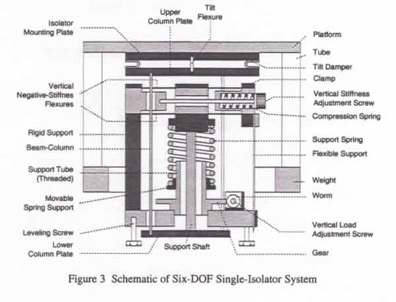
Video Clip: Click to Watch
ATI’S MILITARY STANDARD 810G (MIL-STD-810G) TESTING COURSE
The course emphasizes topics you will use immediately. Suppliers to the military services protectively install commercial-off-the-shelf (COTS) equipment in our flight and land vehicles and in shipboard locations where vibration and shock can be severe
This four-day class will provide education in the purpose of each test, the equipment required to perform each test, and the methodology to correctly apply the specified test environments. Vibration and Shock methods will be covered together and will include an overview of Sine and Random Vibration as well as classical waveform shock testing, drop testing and Shock Response Spectrum Testing. Instrumentation, vibration equipment, control systems and fixture design will be covered.
Each climatic test will be discussed individually, focusing on requirements, origination, equipment required, test methodology and understanding of results. Class members will participate in a tour of a lab that daily performs the full spectrum of 810G tests. Class discussion will be supported by projected visuals and video clips.
Commencing with a review of basic vibrations, we will explore vibration measurements and analysis. We’ll compare sinusoidal vs. random vibration testing systems, specifications, standards and procedures. We will emphasize vibration and shock test fixture design, fabrication, experimental evaluation and usage. We will study shock measurement, shock response spectrum (SRS) and shock testing.
Climatic testing will be looked at in great detail, emphasizing required equipment and instrumentation, correct interpretation of specifications and hints to ensure that the tests are brought to a successful conclusion. We laboratory test the protected equipment (1) to assure twenty years equipment survival and possible combat, also (2) to meet commercial test standards, IEC documents, military standards such as STANAG or MIL-STD-810G, etc.
What you will learn:
• perform vibration, shock and climatic tests
• evaluate and select equipment to perform testing
• convert field measured data into a test program,
• interpret vibration and shock test requirements and results,
• supervise vibration, shock and climatic tests,
• specify and experimentally evaluate vibration and shock test fixtures
When you visit a test lab or review a test program, you will have a good understanding of the requirements and execution of dynamics and climatics tests and so be able to ask meaningful questions and understand laboratory personnel responses.
If you are in need of more technical training, then boost your career with the knowledge needed to provide better, faster, and cheaper solutions for sophisticated DoD and NASA systems. Why not take a short course instead?
ATI short courses are less than a week long and are designed to help you keep your professional knowledge up-to-date. Our courses provide a practical overview of space and defense technologies which provide a strong foundation for understanding the issues that must be confronted in the use, regulation and development of complex systems.
Course Outline, Samplers, and Notes
After attending the course you will receive a full set of detailed notes from the class for future reference, as well as a certificate of completion. Each participant will also receive a copy of Wayne Tustin’s text ‘A Minimal-Mathematics Introduction to the Fundamentals of Random Vibration and Shock Testing, HALT, ESS & HASS, also Measurements, Analysis & Calibration’, including a CD containing a number of video clips pertaining to sine and random vibration and shock behavior and testing.
Please visit our website for more valuable information.
About ATI and the Instructor
Our mission here at ATI is to provide expert training and the highest quality professional development in space, communications, defense, sonar, radar, and signal processing. We are not a one-size-fits-all educational facility. Our short classes include both introductory and advanced courses. ATI’s instructors are world-class experts who are the best in the business. They are carefully selected for their ability to clearly explain advanced technology.
Steve Brenner has been working in the field of environmental simulation and reliability testing for over 30 years. Beginning in the late sixties with reliability and design verification testing on the Lunar Module, the Space Shuttle in the eighties, to semiconductor manufacturing equipment in the nineties, Mr. Brenner has always been involved with the latest techniques for verifying equipment integrity through testing.
Mr. Brenner began his career as an Environmental test engineer with Grumman Aerospace Corporation in New York, worked as design verification and reliability engineer for the Air Force, an Environmental Test Engineer for Lockheed Missiles and Space company, and spent 18 years with Kaiser Electronics in San Jose, where he managed the Environmental Test Lab and was involved with the design of hardware intended for severe environments. Mr. Brenner has been working as a consultant in the reliability testing field since 1996.
Times, Dates, and Locations
For the times, dates and locations of all of our short courses, please access the links below.
Nov 1-4, 2011 Cincinnatti, OH
Nov 14-17, 2011 Jupiter, FL
Dec 5-8, 2011 Santa Clarita, CA